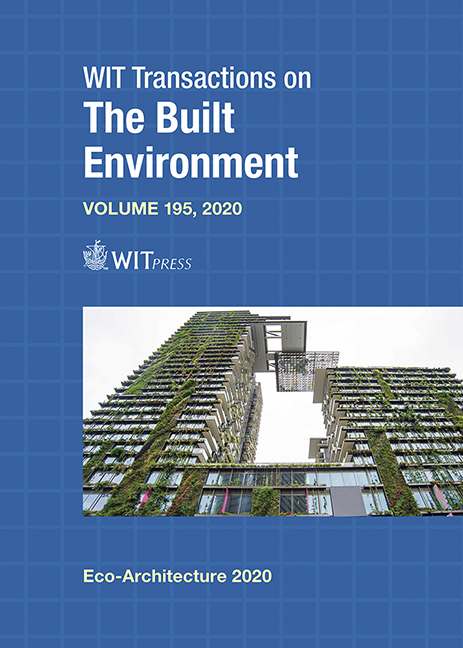PROBING POTENTIALS OF DIGITAL AND PHYSICAL MODELLING IN CONSTRUCTION COURSES
Price
Free (open access)
Transaction
Volume
195
Pages
13
Page Range
43 - 55
Published
2020
Paper DOI
10.2495/ARC200041
Copyright
WIT Press
Author(s)
MORA A. HANA, KHALID S. AL-HAGLA, INGI ELCHERIF
Abstract
There are a variety of methods and tools used by educators to teach building construction to architecture students. These methods and tools aim to cover the many and complex skills and knowledge associated with this course. Modelling is a tool that is commonly being used during project-based learning within building construction courses. This research aims to: (1) Examine the potentials of digital and physical modelling as tools for project-based learning; (2) detect the relative ability between the two tools to enhance learning outcomes. The results of this research shall help educators make better decisions when choosing learning tools according to their educational goals. After reviewing the literature related to each tool, a comprehensive list for educational realms and learning outcomes related to building construction courses was developed. Based on this list, a questionnaire and investigative interviews were conducted with two groups, one of them had used digital modelling while the other had used physical modelling within two different projects. It was found that learning outcomes relate not only to the use of the tool itself, but also to the individual/ teamwork setting of the experience, in addition to the size and complexity of the project, and the diversity of its details, materials, and systems. The findings illustrate how these tools and settings can enhance learning outcomes.
Keywords
digital modelling, physical modelling, Revit, BIM, mock-up, design–build, building construction, project-based learning, architectural education





